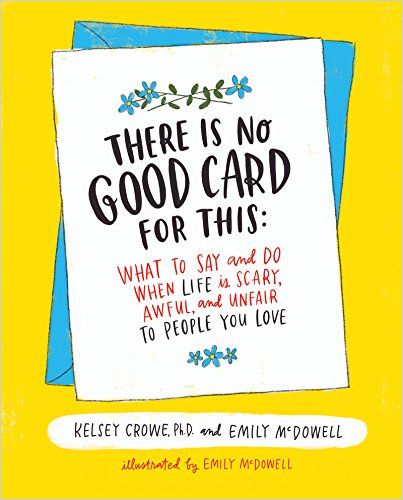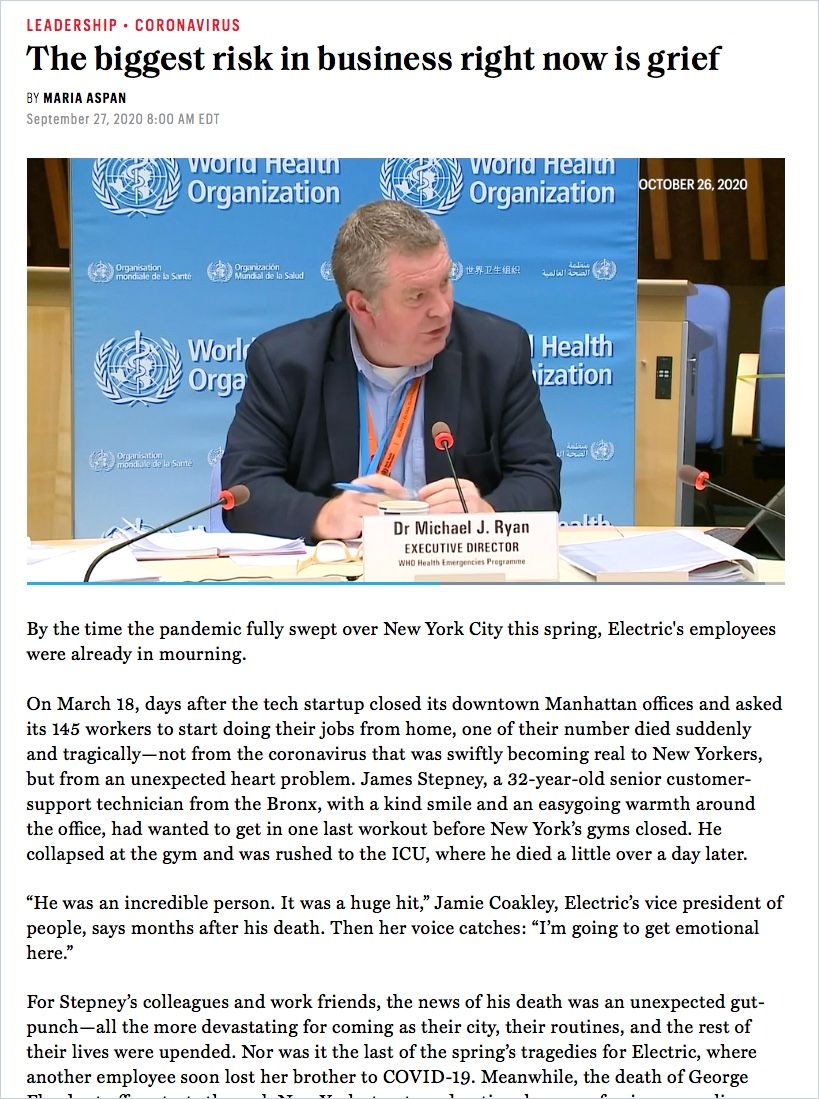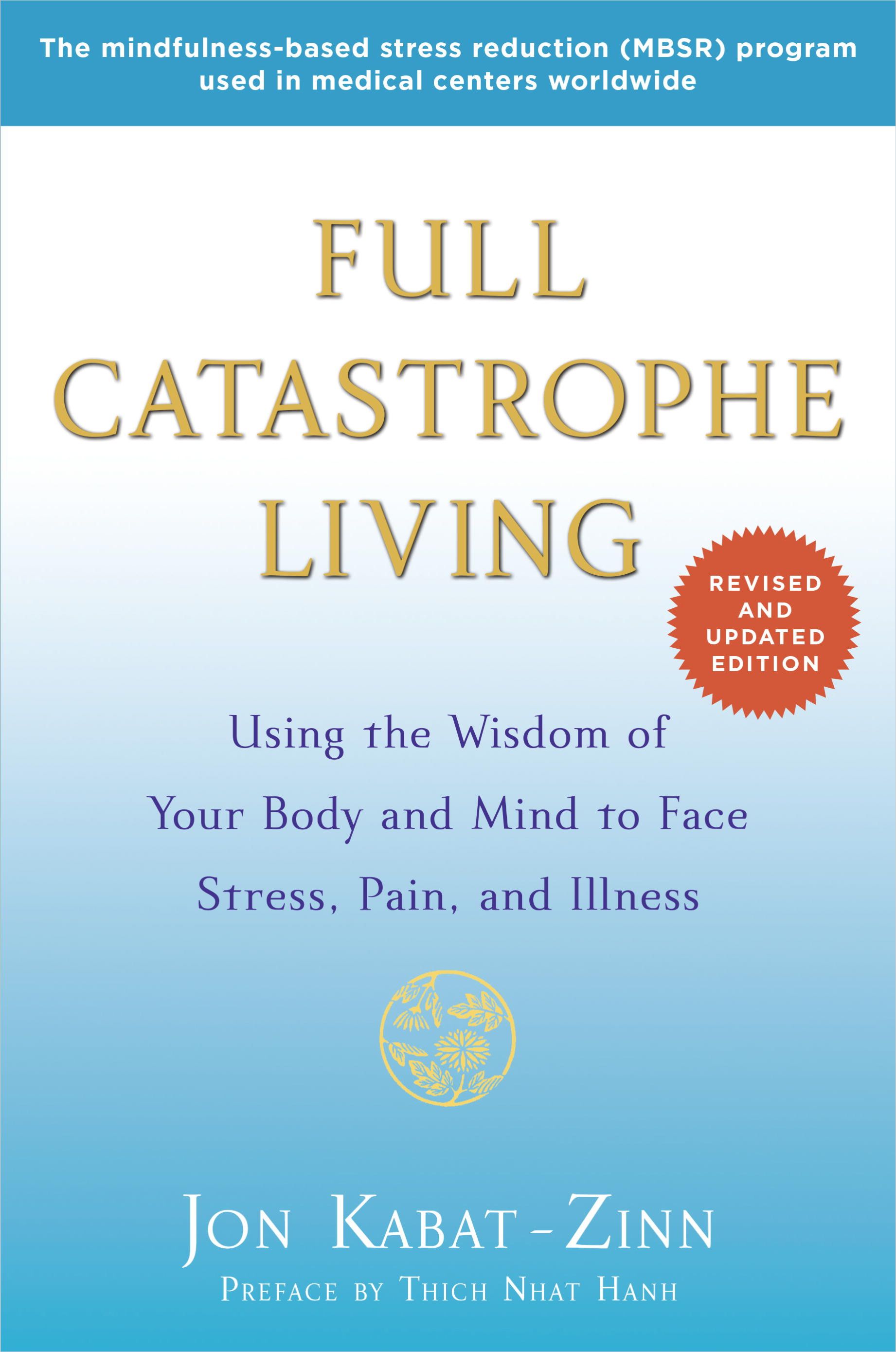Grief – An Often Negated Feeling

It is rare that we are asked by corporate clients about how they deal with highly private feelings. 2020 marks a trend reversal here. A current example is the increased demand for information on how to deal with grief and mourners in the wake of many pandemic deaths.
But at any given time, it’s important to know how to talk about and deal with loss – because, pandemic aside, our colleagues, relatives of colleagues or friends pass on. And knowing how to deal with it, as a directly affected person or not, is part of being human.
1. Mourning Takes Time
People who are grieving should allow themselves time to process their loss appropriately. Yes, 2020 is stressful, pushing us all to the limits of our resilience – but those who suppress grief will eventually be caught up by it. It is always better to allow it to happen at the time of loss than to be overwhelmed at some point in the future by long-suppressed feelings. Take your time. Take the necessary rest. Crying is not a sign of weakness, but rather an outlet. Talk about things as much as you can. And accept big hugs from others.
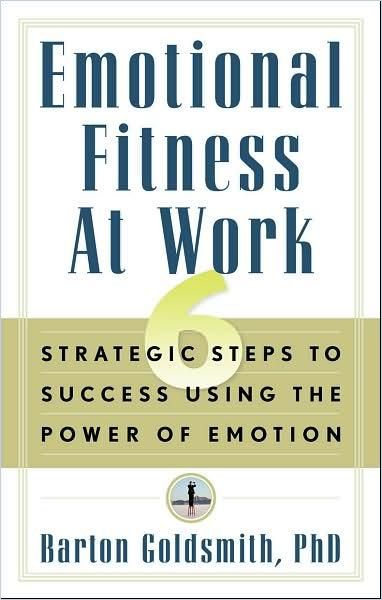
If you have a colleague who is struggling with a loss: Give him or her the necessary rest and time by standing in, going the extra mile, and being there when he or she needs you. Give your colleague space, do not burden him or her with deadlines and tasks – offer help, a shoulder and an open ear. And if you already have enough on your shoulders, ask colleagues to join in. A real team proves itself in exactly such situations. Good work is one thing, but good camaraderie is another.
As a supervisor, you should also give a grieving colleague the time he or she needs. In developed welfare states, most workers have a right to a few days of mourning and organizing the loss. But these days are often used for all the administrative stuff, from the reading of the will to the funeral. For many people, time to truly mourn is scarce. Use your leadership soft skills. Respect the exceptional situation. If you meet your employees halfway, if you encourage them to mourn, your colleagues will return the favor – when they are back in one piece.

The sooner and better your employees are able to mourn, the quicker they will be back in action. Those who refuse time to say goodbye run the risk of having to work for the next few months with a colleague who may be fully present but only half ready to go.
No matter what setbacks you have to deal with, at some point it is time to get up again, to come back stronger. Here you can learn how to do this, and how to help others to recover:
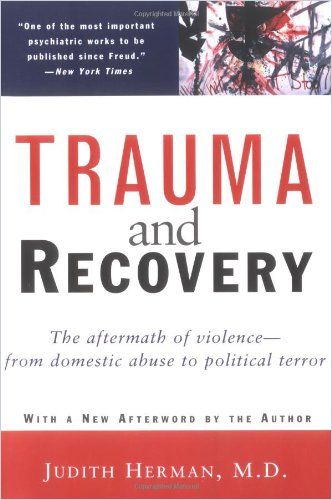
2. Grief, Even Lasting, Is Not Depression
These days, many people suffer from persistent stress and can develop mental illness, so it is especially important to distinguish between natural grief and the start of true depression. For outsiders, this is sometimes difficult, especially when a period of mourning is particularly long. What can you do in this case – as the person affected or as the one facing him or her?
Sometimes life is sad. Whether you go through adversity or elation, in time most people’s mood resolves to its usual state, according to innate disposition. The best thing to do for your health is to focus on the things that feel right in your life: The pleasure of seeing people act kindly, the way you lose track of time when you do work you like, and taking time to connect with your family and community.
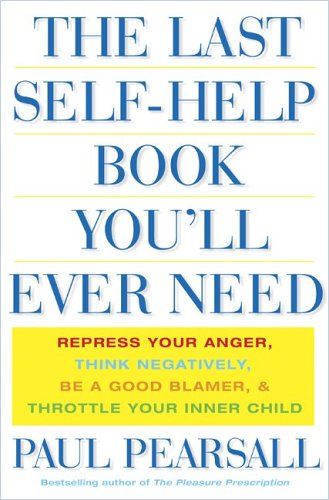
Grieving over the loss of a loved one, although heartbreaking, is different from clinical depression. The following traits characterize clinical depression:
- An unrelenting sad mood.
- An absence of energy and vitality.
- Problems concentrating or remembering things.
- Loss of interest in activities that you once embraced and enjoyed.
- Difficulty sleeping and changes in appetite.
Depression is more than just a low mood that taking part in a pleasant activity or receiving nurturing from others can lift. People suffering from depression feel isolated and often withdraw from friends and family. They also feel terrible about themselves and believe that life will never be good again. Here’s all you need to know about dealing with it – and dealing with people who suffer from it:
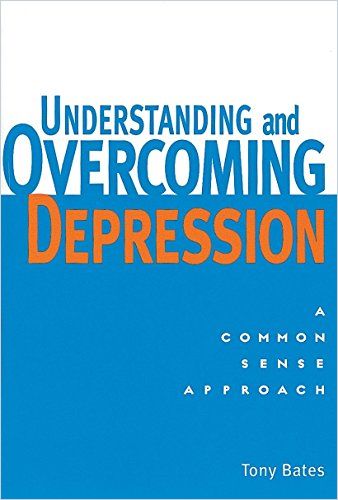
3. The “Golden Rule”
The basic rule is: Treat others as you would like to be treated in a similar situation. Often, in the stress of everyday life (and especially in times of mourning) we lack the ability to put ourselves in others’ shoes or just look on from our own treadmill. But we must.
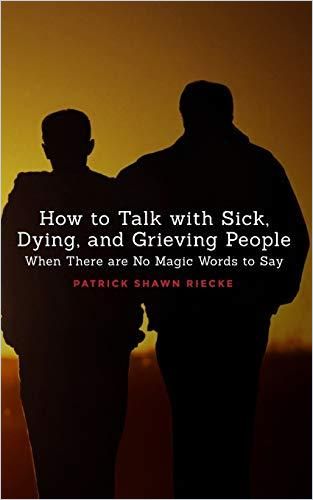
To risk a cliche: Death is part of every life. And although this insight has been repeated often and therefore sounds worn out, it is correct. At some point, every colleague, friend or family member will inevitably find themselves in this situation, and rightly expect that they’ll be treated decently.
Next Steps
Read how to talk about things that are actually beyond expression:
Take a look at our getTogether on empathy:
And an abstract on the same topic:
